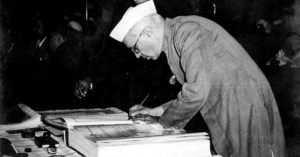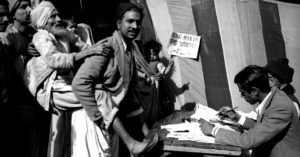Why Did India Wait till 1950 to Become a Republic? Here’s the Fascinating Answer
If India successfully overthrew the British Raj on 15th August 1947, why did it wait for over two and a half years to become a Republic?
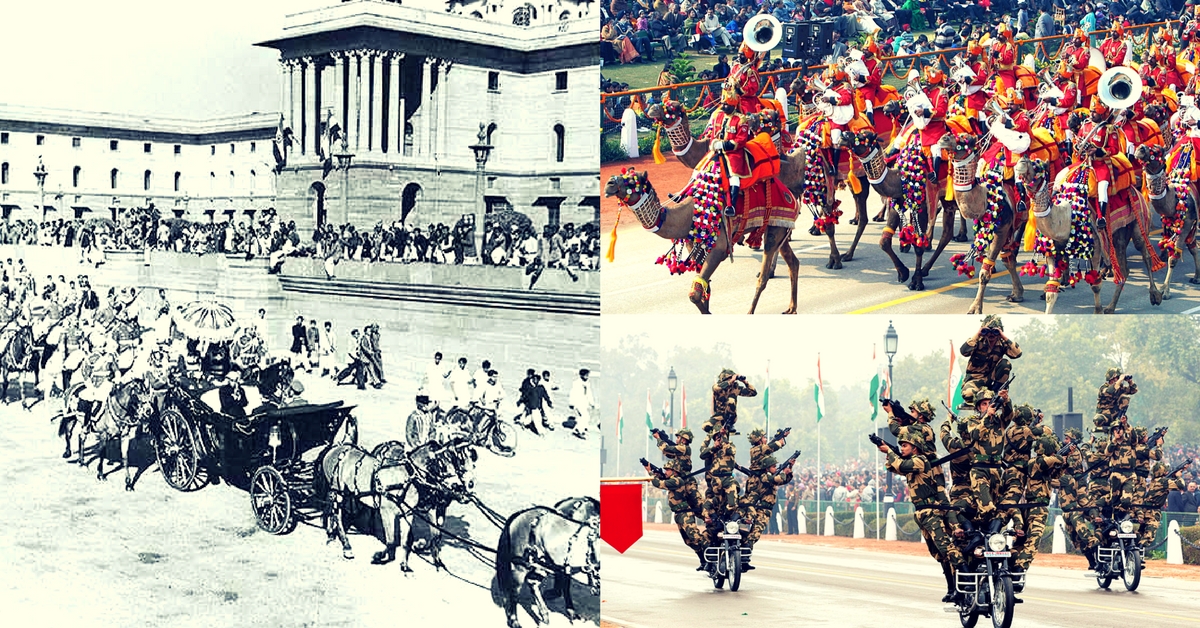
At the stroke of the midnight hour on August 15, 1947, when the world slept, India woke to life and freedom.
But have you ever wondered: If India successfully overthrew the British Raj on 15th August 1947, why did it wait for over two and a half years to become a Republic?

The history behind this is particularly interesting.
Even though India was declared a free country in 1947, it is important to understand that it did not attain complete freedom. She was still a constitutional monarchy under King George VI, with Earl Mountbatten as the Governor General, and had no democracy or constitution in place.
India’s citizens were denied the freedom of electing their own leaders – who could run the country.
It was only after the Constitution of India came into effect on 26th January 1950, replacing the Government of India Act (1935) as the governing document of India, did our nation truly became a Republic.
So how did that happen? To start with, under the leadership of Dr Babasaheb Ambedkar as the chairman, the Drafting Committee for a permanent constitution was appointed.
This committee worked vigorously and its final version was ratified by the Constituent Assembly on 26 November, 1949. But the Assembly still waited till 26 January, 1950 to formally promulgate it.
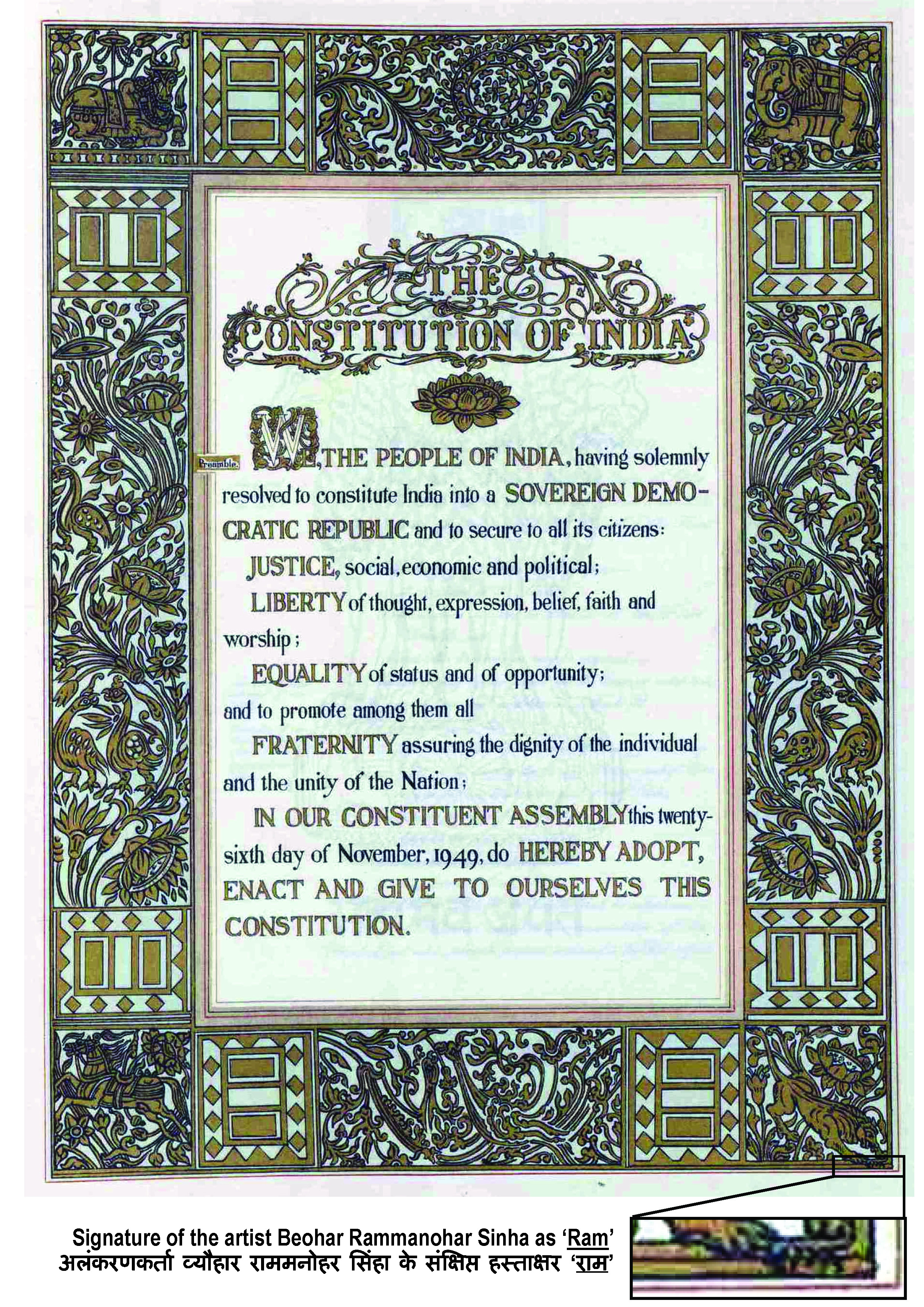
This was to commemorate that day in 1930, when the Indian National Congress first made the ‘Declaration of Total Indian Independence’, or Poorna Swaraj from the British Raj.
At the start of the freedom struggle, most political parties in India were in favour of dominion status, which would retain the monarch of the United Kingdom as the constitutional head of state of India, and preserve political powers for the British Parliament in Indian constitutional affairs.
Even the Indian National Congress, and Mahatma Gandhi, felt dominion status was the first logical step. A resolution demanding complete independence as early as 1927 was rejected, mostly because Mahatma Gandhi opposed it.
However, in December 1928, when the Indian National Congress passed a resolution demanding at least dominion status from the British, the empire rejected the idea, refusing to alter India’s ‘colony’ status.
This filled the Congress with rage, and such strong feelings fueled the Lahore Session of the Indian National Congress in 1929, when the Congress finally voted for Poorna Swaraj.
Jawaharlal Nehru was elected President and veteran leaders like Chakravarthi Rajagopalachari and Sardar Vallabhbhai Patel returned to the Congress Working Committee.
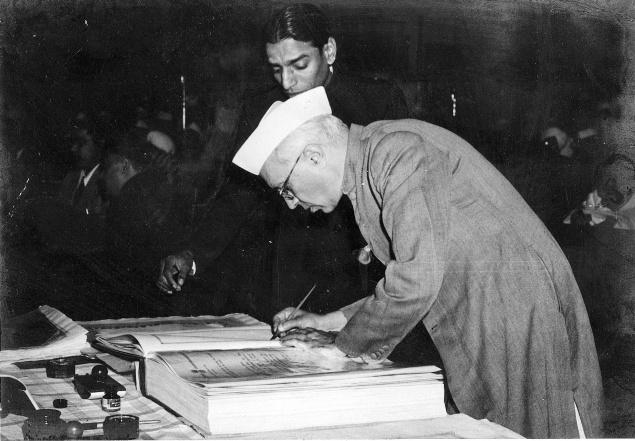
The Congress Working Committee approved a declaration of independence on this day, January 26, 1930, which stated:
“The British government in India has not only deprived the Indian people of their freedom but has based itself on the exploitation of the masses, and has ruined India economically, politically, culturally and spiritually…. Therefore…India must sever the British connection and attain Purna Swaraj or complete independence.”
Nehru hoisted the tricolour flag of India on the banks of the Ravi in Lahore. Over a 170 people had gathered to celebrate their ‘first independence day’ as early as 1930.
And thus, two decades later in 1950, 26 January was chosen to honour the sacrifice and battles of the freedom fighters.
Read more: How a Kerala Woman Made History By Becoming India’s 1st Female Supreme Court Judge
Like this story? Or have something to share?
Write to us: [email protected]
Connect with us on Facebook and Twitter.
NEW: Click here to get positive news on WhatsApp!
This story made me
- 97
- 121
- 89
- 167
Tell Us More
We bring stories straight from the heart of India, to inspire millions and create a wave of impact. Our positive movement is growing bigger everyday, and we would love for you to join it.
Please contribute whatever you can, every little penny helps our team in bringing you more stories that support dreams and spread hope.






